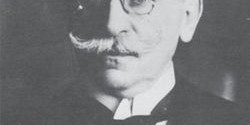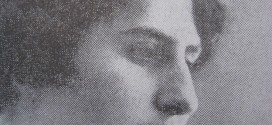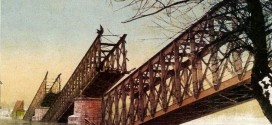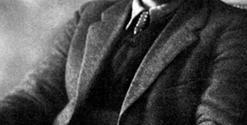The World War I started with the attack on Belgrade, on the very night the war was declared. The first casualties were claimed, and from the war monitor Bodrog, that slid from the direction of Zemun,under the shadow of Kalemegdan, to Sava, came the first artillerysalvoes towards Belgrade. Although in 2005 it was declared a cultural heritage, no one looked after Bodrog. Today it serves as a pier on Ada Huja.
The first night of the World War (the 28th of July 1914) the citizens of Belgrade met with panic. The greatest commotion was at the Belgrade railway station, from which on that evening three trains packed with women and children headed toward the inland, rumbling through a hail of enemy bullets flying towards them from the direction of the other coast of Sava. Luckily, the trains suffered no casualties.
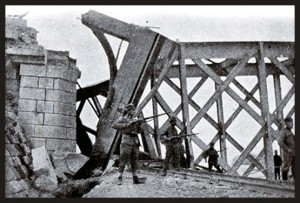
On Sava, unfortunately, that was not the case. That same night, right under the Sirotanovič sawmill, the first casualty of the World War I was claimed. Around 2 AM a terrible detonation echoed through Belgrade. The railway bridge was razed so the enemy couldn’t cross Sava. The noise muffled the exchange of bullets during which the first war casualty was killed, Dušan Đonović, Trading academy student, a Chetnik in a band of an oldkomiti commander Jovan Babunski. That same evening Hungarian ship Alkotmanj was sunk, along with its captain, Karlo Eberling. With the break of dawn, on the 29th of July, armored ships with fixed cannons and machine guns sailed into Sava. Those were the dreadful hostile monitors from which the assault on Belgrade was meant to be launched. Among them was the monitor Bodrog, that had been waiting anchored in Zemun until the declaration of war was issued. It was from Bodrog that the first grenades flew towards Belgrade. The news of the monitors rumbled through Belgrade like a tornado and spread fear among the citizens, and for a good reason. Already, that same day, the first grenade from Bodrog flew towards Knez Mihailova Street and fell on the building across the hotel “the Greek Queen”. Up until the arrival of the two batteries with long gun barrels sent to Serbia by the allies, these monitors sowed death across Belgrade killing the citizens and demolishing the city.
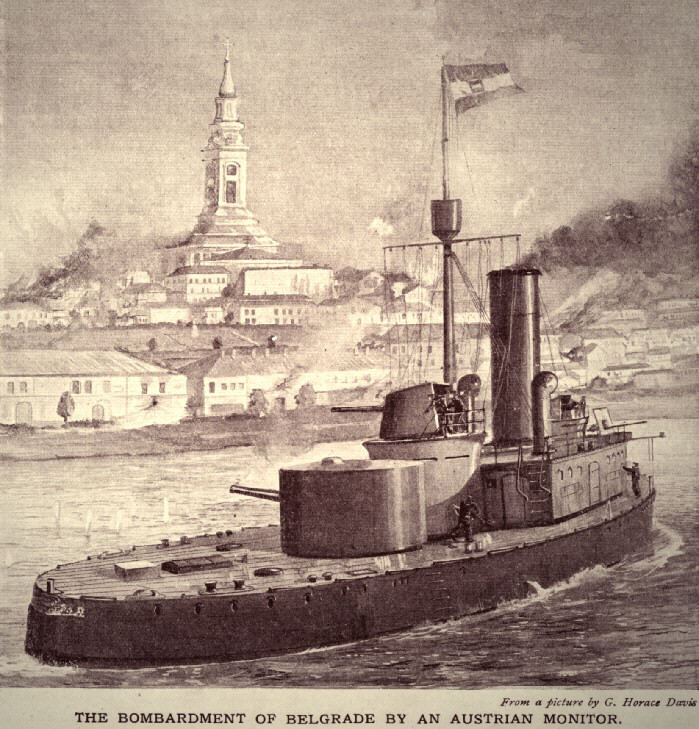
The fate of Bodrog built in 1904 in Budapest was such that he would stay in waters of Sava i Danube forever. The ship was sunk in 1918 and was pulled out two years later, renovated, and under the name Sava included in the navy of the Kingdom of Serbs, Croats and Slovenes. To prevent the enemy from getting their hands on the ship during the April bombardment in 1941, it was sunk near Zemun. The next year Ustaše pulled it out to surface, used it, and then sunk it again in 1944, but this time to the bottom of Sava near Slavonski Brod. It was pulled out eight years later, rebuilt, and once again included in the river flotilla of the new country. Not long after it was withdrawn from military use and has to this day served as a floating pier on Sava and Dunav.
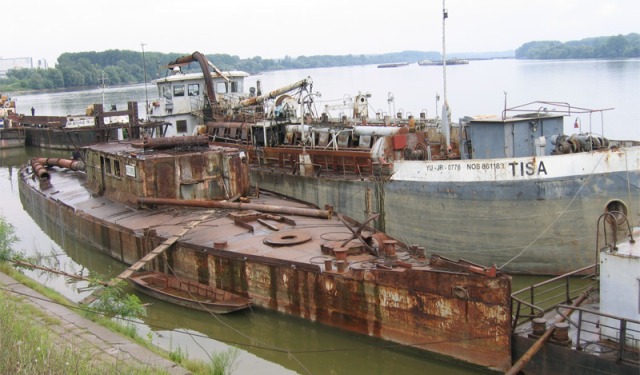
The Ministry of Culture declared it cultural heritage in 2005 and placed it under protection. However, since no one took care of it, it wandered through the coasts of Dunav from Belgrade to Novi Sad, only to be found recently by the historians from the Institute for modern history in the sludge near Ada Huja who suggested that he should become a floating World War I museum.
Source: serbia.com
 Управа за сарадњу с дијаспором и Србима у региону Управа за дијаспору
Управа за сарадњу с дијаспором и Србима у региону Управа за дијаспору
